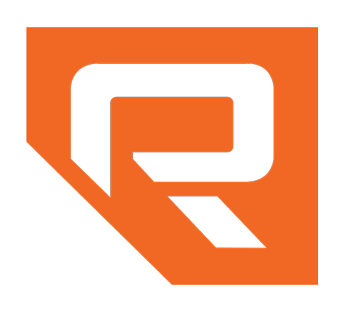New USPTO guidance on AI-assisted inventions
The USPTO has spoken - Humans remain essential!
The USPTO today published an announcement of guidelines on inventorship for inventions made with the aid of artificial intelligence. “Inventorship Guidance for AI-assisted Inventions,” 89 FR 10043 (February 13, 2024). The new guidance follows up earlier requests for input from the public on the issue, “Request for Comments on Patenting Artificial Intelligence Inventions,” 84 FR 44889 (August 27, 2019), and “Request for Comments Regarding Artificial Intelligence and Inventorship,” 88 FR 9492 (February 14, 2023), as well as the Federal Circuit’s decision in Thaler v. Vidal, 43 F.4th 1207 (Fed. Cir. 2022), which affirmed the USPTO’s determination that an inventor must be a natural person.
In the guidelines the USPTO repeated its position that named inventors must be natural persons, as opposed to non-natural persons like AI systems or other machines. Nonetheless, it recognized that inventions may involve AI systems or the like, just as inventions may involve the use of other tools. Specifically, the USPTO recognized that non-natural persons (like AI systems) “may perform acts that, if performed by a human, could constitute inventorship.”
Conception is the touchstone of inventorship, and conception involves the formation of the idea of the invention in the mind of the inventor. Therefore you can’t have inventorship without a mind. (There is an unspoken assumption in the whole process that minds can only be housed in brains. Can minds be neatly separated from bodies? Are biological thinking structures (brains) minds in a way that machines cannot be? These issues of mind-body dualism and possible machine intelligence are probably too much for the USPTO to consider; they are certainly beyond the scope of this piece.)
When it comes to determining inventorship, the USPTO cited the Pannu factors (from Pannu v. Iolab Corp., 155 F.3d 1344 (Fed. Cir. 1998)), that each inventor must: “(1) contribute in some significant manner to the conception or reduction to practice of the invention, (2) make a contribution to the claimed invention that is not insignificant in quality, when that contribution is measured against the dimension of the full invention, and (3) do more than merely explain to the real inventors well-known concepts and/or the current state of the art,” Pannu, 155 F.3d at 1351. (The “conception or reduction to practice” referred to in the first Pannu factor does not alter that fact that mere reduction to practice does not make one an inventor.)
Beyond the Pannu factors, the USPTO stated that at least one inventor must have recognition and appreciation of the invention. It is not enough, for example, for there to be an unrecognized accidental creation of an invention – instead there must be recognition and appreciation of the invention by a human inventor (at least one of the inventors, if there is more than one).
While emphasizing that there is no bright-line test, the USPTO concluded with some principles to aid in applying the Pannu factors to AI-assisted inventions:
1) use of an AI system in creating an AI-assisted invention does not negate a natural person’s contributions as an inventor;
2) merely recognizing a problem or having a general goal or research plan to pursue does not rise to the level of conception (although “a significant contribution could be shown by the way the person constructs the prompt in view of a specific problem to elicit a particular solution from the AI system”);
3) a reduction to practice alone is not a significant contribution that rises to the level of inventorship;
4) a natural person who develops an essential building block from which the claimed invention is derived may be considered to have provided a significant contribution to the conception of the claimed invention even though the person was not present for or a participant in each activity that led to the conception of the claimed invention (with the illustration that “the natural person(s) who designs, builds, or trains an AI system in view of a specific problem to elicit a particular solution could be an inventor, where the designing, building, or training of the AI system is a significant contribution to the invention created with the AI system”); and
5) simply owning or overseeing an AI system that is used in the creation of an invention, without providing a significant contribution to the conception of the invention, does not make a person an inventor.
The USPTO has posted two examples of the implementation of its new guidance. Further, the USPTO recognizes that the new guidelines conflict with (and override) the MPEP in some respects, such that the MPEP will be updated in due course.
At Renner Otto, the oldest intellectual property firm in Cleveland, we specialize in assisting our clients as they develop efficient Intellectual Property strategies that are tailored to their business’s needs. Our attorneys are knowledgeable on a wide range of domestic and international IP issues, and we partner with Firms around the world to better serve our clients.
Someone from the Renner Otto team would be happy to discuss this topic or any related Intellectual Property matters.
Contact us for a complimentary consultation to see how we can help your business move your innovation forward.


